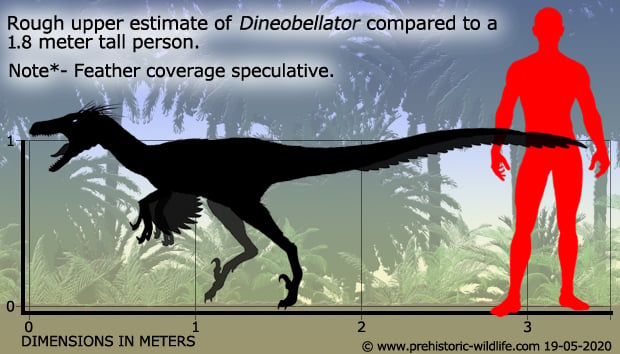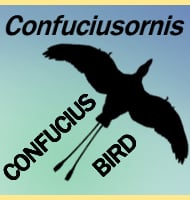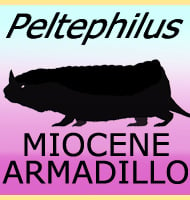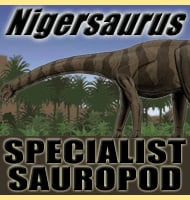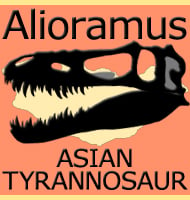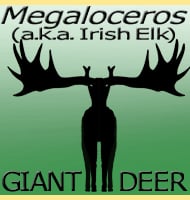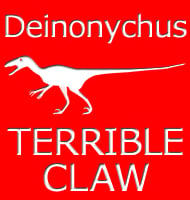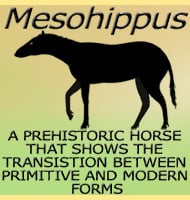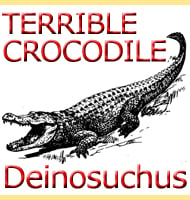In Depth
Dineobellator is a genus of dromaeosaurid dinosaur that lived in North America during the last stage of the Cretaceous. When compared to other dinosaurs, Dineobellator seems to have been on the way to developing some advanced specialisations, and shows greater range of motion in both hands and feet. Additionally there also seems to have been an increased gripping strength, as well as greater movement of the base of the tail (the whole tail would have been stiffened by tendons in life and only moveable at the base). All of these features suggest that Dineobellator might have been an exceptionally agile predatory dinosaur, even when compared to other dromaeosaurid dinosaurs.
By the twenty-first century it was accepted that probably most if not all dromaeosaurid dinosaurs had feather coverings around all of their bodies. These were small almost hair-like down-like feathers across most of the body (though the extremities such as feet, hands and head usually lack them) and larger pennaceous (vaned) feathers growing from the arms, tail and sometimes legs. The presence and general arrangement of these feathers is illustrated in an ever growing body of evidence, usually by impressions in rocks that surround bones, but sometimes attachment points on the bones themselves. The ulna (one of the forearm bones) of Dineobellator clearly has what are known as quill knobs. These quill knobs are small raised bumps on the surface of the bone that would have served as attachment points for pennaceous feathers on the arms of Dineobellator. Other feathers such as hail-like down and further pennaceous feathers on the tail of Dineobellator would also be expected, as it would be incredibly unusual if they were not.
Dineobellator lived in a very diverse ecosystem which included many kinds of dinosaurs such as ornithomimids, tyrannosaurs, troodonts, sauropods, ankylosaurs, ceratopsians and hadrosaurs, as well as the giant pterosaur Quetzalcoatlus.
Further Reading
- New Dromaeosaurid Dinosaur (Theropoda, Dromaeosauridae) from New Mexico and Biodiversity of Dromaeosaurids at the end of the Cretaceous. - Scientific Reports. 10 (1). - Steven E. Jasinski, Robert M. Sullivan & Peter Dodson - 2020.
